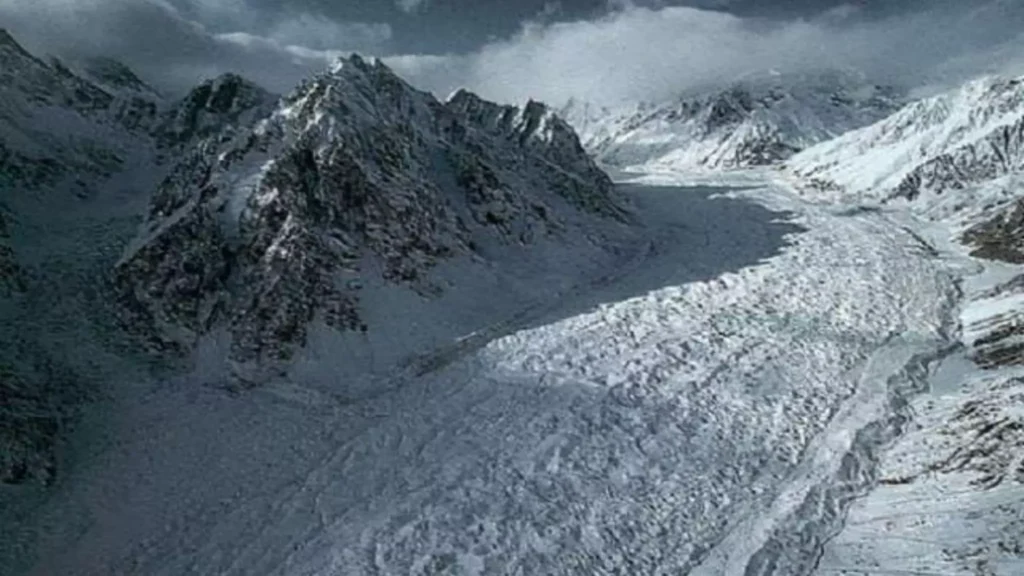A new global climate study has found that glaciers are melting faster than previously believed — not only due to rising global temperatures but also because they are losing their natural “cooling edge.” The discovery sheds new light on how rapidly climate change is transforming Earth’s frozen regions and what that means for global water security.
Loss of Katabatic Winds Accelerating Glacier Melt
According to researchers, glaciers have long been able to “cool themselves” through a steady flow of cold air known as katabatic winds. These winds act as a buffer, slowing down melting at the glacier’s surface. However, as glaciers shrink and thin, this self-cooling system weakens — allowing the ice to warm and melt even faster.
“Glaciers essentially cool themselves through a steady flow of cold air,” explained Dr. Marie Lefevre, a glaciologist at the University of Lausanne and co-author of the study. “But once a glacier thins or retreats, that cooling wind weakens, and the ice becomes increasingly vulnerable to warming.”
Global Findings Across Major Mountain Ranges
The study, published in Nature Climate Dynamics, analyzed temperature and wind data from more than 200 glaciers spanning the Alps, Andes, and Himalayas. Researchers found that the weakening of katabatic wind systems can increase local melt rates by as much as 25%. This acceleration amplifies runoff, destabilizes ecosystems, and contributes to rising sea levels.
“The loss of these self-cooling mechanisms means glaciers are entering a runaway melting phase,” Lefevre added. “We’re not just losing ice; we’re losing a vital regulator of Earth’s climate and water systems.”
Implications for Global Water Security
The consequences of this phenomenon extend far beyond the mountains. Many regions — including South Asia, parts of Africa, and the Andes — rely heavily on glacial meltwater for drinking water, agriculture, and hydropower. The rapid decline of glaciers threatens to disrupt these systems, potentially triggering severe droughts and food insecurity in the decades ahead.
Scientists warn that if current warming trends continue, up to half of all glacier volume outside Greenland and Antarctica could vanish by the end of the century. This would fundamentally reshape river systems, disrupt ecosystems, and displace communities that depend on seasonal meltwater flows.
A Climate Tipping Point Approaching
The research team cautions that many glaciers may already be approaching a critical threshold beyond which even significant emissions cuts cannot fully stop their decline. Once the self-cooling process collapses, the feedback loop of accelerated melting becomes extremely difficult to reverse.
“This is one of the clearest signals that the planet’s natural systems are amplifying the effects of climate change,” the report concludes. “Glaciers are no longer just victims of global warming — they are now amplifiers of it.”
Urgent Call for Global Climate Action
The findings underscore the need for immediate and aggressive action to curb greenhouse gas emissions and strengthen climate adaptation measures. Protecting the planet’s remaining glaciers, researchers stress, is essential for maintaining the stability of global water systems and the resilience of communities worldwide.
As the world faces mounting evidence of accelerating glacier loss, the study serves as a stark reminder: the cryosphere — Earth’s frozen frontier — is melting faster than expected, and the window for meaningful intervention is rapidly closing.</p

